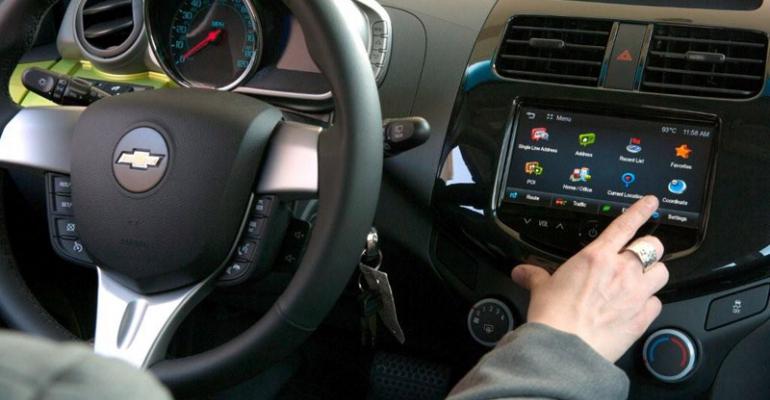DEARBORN, MI – U.S. consumers are “thinking small in a big way,” when it comes time to purchase a new car, says Mike VanNieuwkuyk, executive director-global vehicle research at J.D. Power and Associates.
The migration to smaller vehicles began during the recession of 2008-2009, and the current signs of economic recovery are unlikely to change the interest of those car buyers now.
“Expect the small end of the market to continue to be popular, more so than in past years,” VanNieuwkuyk says at the WardsAuto Interiors Conference here. “But unless gas prices go crazy and people panic, we will still see a blend of vehicles in the market.”
That’s because consumers have changed the way they think about small cars, he says. Comfort and high-end features used to be associated only with large vehicles.
But with escalating gasoline prices and high unemployment rates, many car buyers have downsized their purchases, while still wanting the same amenities to which they have grown accustomed.
Auto makers are responding with upgrades to their small-car interiors that include leather seats, navigation systems and infotainment displays. “The lower end of the market evolved into something it hadn’t been,” VanNieuwkuyk says.
Another factor driving well-contented small cars is the amount of time drivers are on the road.
J.D. Power data shows the average U.S. driver spends two hours, 52 minutes each weekday in his vehicle and two hours, 7 minutes on the weekend.
“So there’s an emphasis on making the (vehicle) environment more pleasing,” he says. “We want to use that time to make our lives better, and all of this is pushing (auto makers) towards making smaller cars better equipped.”
As this shift in the industry occurs, car buyers’ demands are evolving as well. J.D. Power asked consumers this year to rank their purchase considerations in order of importance among 19 factors, and then compared their responses against those given in 2008.
The factors in both studies included:
- Advanced technology of the vehicle
- All-wheel-drive/4WD capability
- Better warranty
- Cargo capacity
- Dealer was convenient/Liked dealer in my area
- Environmental impact
- Exterior styling
- Gas mileage
- High resale value
- Interior comfort
- Like the image this vehicle portrays
- Low maintenance costs
- Low price or payment/ability to obtain financing
- Passenger capacity
- Performance
- Quality of workmanship
- Reliability/Durability
- Safety
- The dealership experience
Gas mileage was the No.1 consideration of today’s consumers, jumping 60% in importance compared with the 2008 respondents. Price was the seventh most-important factor, up 37% from four years ago. Interior comfort ranked No.5, for a 37% increase as well.
“We’re seeing over time (interiors) are becoming more relevant in the segment,” VanNieuwkuyk says.
Advanced technology ranked No.13 among reasons to buy, up 26%, while environmental friendliness was No.19, up 12%. “With the small-car consumer focused on price, the idea of paying more for environmental friendliness doesn’t carry much weight,” he notes.
VanNieuwkuyk predicts small cars this year will account for 35.5% of light-vehicle sales. He expects that penetration rate to remain the same over the next three years, despite an expected increase in overall deliveries.
“As the industry grows, so will (the small-car) segment because the vehicles are now acceptable to consumers,” he says.





